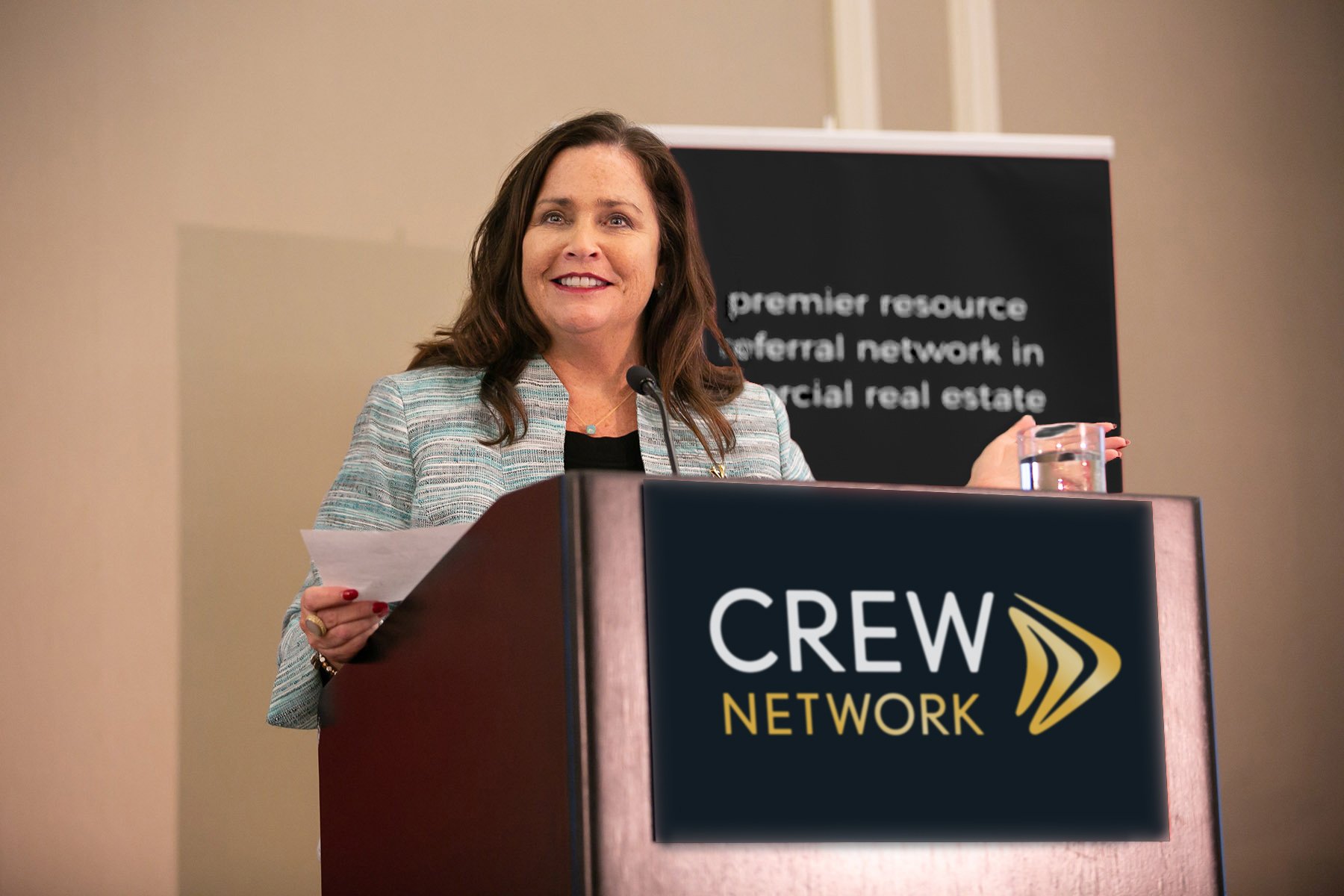 . "Software changes design and the way that we work," the keynote speaker said at CREW's Network Convention here in Orlando, FL.
. "Software changes design and the way that we work," the keynote speaker said at CREW's Network Convention here in Orlando, FL.
ORLANDO, FL—Skylar Tibbits, co-director and founder of the Self-Assembly Lab at MIT, is on the cutting edge of 4D technology. In his Self-Assembly Lab at MIT, he focuses on the future of how to make things mapped out—and the implications. "Software changes design and the way that we work," the keynote speaker said at CREW's Network Convention here in Orlando, FL.
"Imagine, as just one example, water pipes that are 'intelligent,' that can contract and expand as needed," he said. "Code is a new language for design and allows us to imaging things we couldn't have imagined before.
Before the more than 1,200 he forecasts a world where buildings and machines will be self-assembling, replicating, and repairing—changing cities, businesses, and manufacturing. "With this mass customization, you can create a logistic problem. You can generate complexity and fabricate complexity, but it doesn't mean you can build complexity."
 Skylar Tibbits, co-director and founder of the Self-Assembly Lab at MIT, is on the cutting edge of 4D technology.
Skylar Tibbits, co-director and founder of the Self-Assembly Lab at MIT, is on the cutting edge of 4D technology.When he was at MIT, he thought about not only code for design and for fabrication, but about code for construction. "It isn't about robotics, it is about materials. If we can find a way to program materials like we program robots, we can have information rich materials that can be smarter, react, sense, be less energy intensive."
"I am talking about human scale things," he said. One of the things Tibbits also touched on were programmable materials. "We want to embed materials and make them smart. Physical materials have the ability to change precise form and/or function by design."
He went from showing how to print a 3D object that was sort of lifeless, to 4D where he changed the object over time. "It isn't about 3D printing or plastics. It is about being able to program any material with any manufacturing process."
He talked about wood, for example, as being a smart material. Japanese joinery, he said, used moisture to swell the joints. "We know that wood is a smart material, but you don't want to go to the forest that is just the right wood with just the right grain. We can now program and manipulate and create whatever gain patterns we want and design those patterns and get the wood to have different active behaviors." He pointed to wood grain that can curl into furniture type shapes, for example, or others that curve into fish scales.
Click here to learn more about how this can influence commercial real estate in the future and see examples of already created custom materials.
Tibbits is a trained architect, designer, computer scientist, and artist whose research focuses on developing self-assembly technologies for large-scale applications in our physical environment. He is currently a faculty member in MIT's Department of Architecture. Previously, he worked at a number of renowned design offices, has designed and built large-scale installations around the world, and has exhibited work at The Guggenheim Museum in New York.
Be sure to keep checking back with GlobeSt.com for more from the CREW Network Convention and click the stories below that you might have missed.
Has the US Has Lost its Allure for Foreign Investors?
CREW Convention Opens With Advice from US Navy Fighter Pilot
Welcome to CREW Network Convention 2019
Accelerating the Advancement of Women in CRE
How Will Venture Capitalist Funding Change CRE?
Venture Capital and Commercial Real Estate
Is AI Finally Catching up With the Needs of CRE?
CREW Network Convention Fast Approaching, Celebrates Women
© Touchpoint Markets, All Rights Reserved. Request academic re-use from www.copyright.com. All other uses, submit a request to [email protected]. For more inforrmation visit Asset & Logo Licensing.





